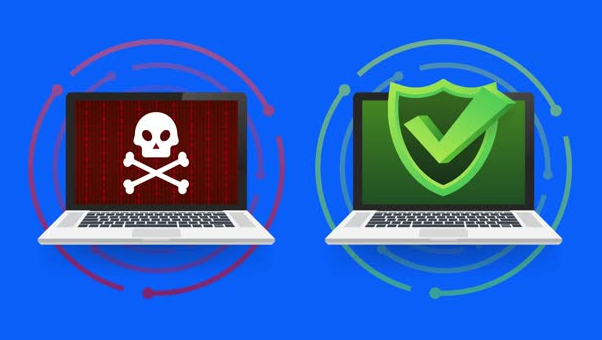
Demystifying Antivirus Detection Methods
Antivirus software employs a diverse arsenal of detection techniques to identify and neutralize malicious threats. These antivirus detection methods can be broadly categorized into three main approaches: signature-based detection, heuristic analysis, and machine learning.

Signature-Based Detection
Signature-based detection is the cornerstone of traditional antivirus protection. This method relies on a database of known malware signatures and unique digital fingerprints that identify specific threats. When a file is scanned, antivirus software compares its signature to the database. If a match is found, the file is flagged as malicious and quarantined or removed.
Heuristic Analysis
While signature-based detection excels at identifying known threats, it struggles to detect new and evolving malware. This is where heuristic analysis steps in. The heuristic analysis examines the behaviour of files, scrutinizing their actions and characteristics to determine whether they exhibit malicious intent. If a file exhibits suspicious behaviour, it is flagged for further analysis or immediate action.
Machine Learning
Machine learning represents the cutting-edge of antivirus detection. This sophisticated technique employs algorithms that can learn from vast amounts of data, identifying patterns and associations that indicate malicious intent. As machine learning algorithms are exposed to more data, they become increasingly adept at detecting new and evolving threats, offering proactive protection against the ever-changing cyber threat landscape.
Signature-Based Detection
Signature-based detection is a powerful tool, but it’s not without its limitations. One challenge lies in the constant evolution of malware, as attackers develop new variants and techniques to evade signature-based detection. To combat this, antivirus software companies continuously update their signature databases, incorporating new signatures as they emerge.
Another challenge lies in the potential for false positives, where a benign file may trigger a false alarm due to its similarity to a known malware signature. To minimize false positives, antivirus software employs techniques such as whitelisting, allowing certain files or applications to bypass scanning if they are deemed safe.
Exploring the Depths of Heuristic Analysis
Heuristic analysis offers a powerful defense against new and evolving threats, but it also faces challenges. One challenge lies in determining the threshold for suspicious behaviour. Overly cautious heuristics may flag harmless files, while overly permissive heuristics may overlook malicious ones. Striking the right balance is crucial for effective detection.
Another challenge lies in the potential for false positives, similar to signature-based detection. To minimize false positives, heuristic analysis employs techniques such as context-aware analysis, considering the file’s origin, execution environment, and other factors to make more informed decisions.
Machine Learning for Antivirus Protection
Machine learning holds immense promise for antivirus protection, offering the ability to detect and neutralize threats with remarkable accuracy and adaptability. However, machine learning also presents challenges. One challenge lies in the complexity of training machine learning models, which requires vast amounts of data and sophisticated algorithms.
Another challenge lies in the potential for bias, as machine learning models may inherit biases from the data they are trained on. This can lead to unfair or inaccurate detection, particularly in sensitive applications. To mitigate bias, careful data selection and algorithm design are essential.
Conclusion
Effective antivirus detection relies on a multifaceted approach, combining the strengths of signature-based detection, heuristic analysis, and machine learning. Each method offers unique advantages and complements the others, providing a comprehensive shield against the ever-evolving cyber threat landscape.
As technology advances and threats become more sophisticated, antivirus software will continue to evolve, incorporating new detection methods and leveraging the power of artificial intelligence to safeguard our digital world. Antivirus software stands as an indispensable guardian in the cybersecurity realm, protecting our devices, data, and online experiences from the ever-present threat of malicious actors.



